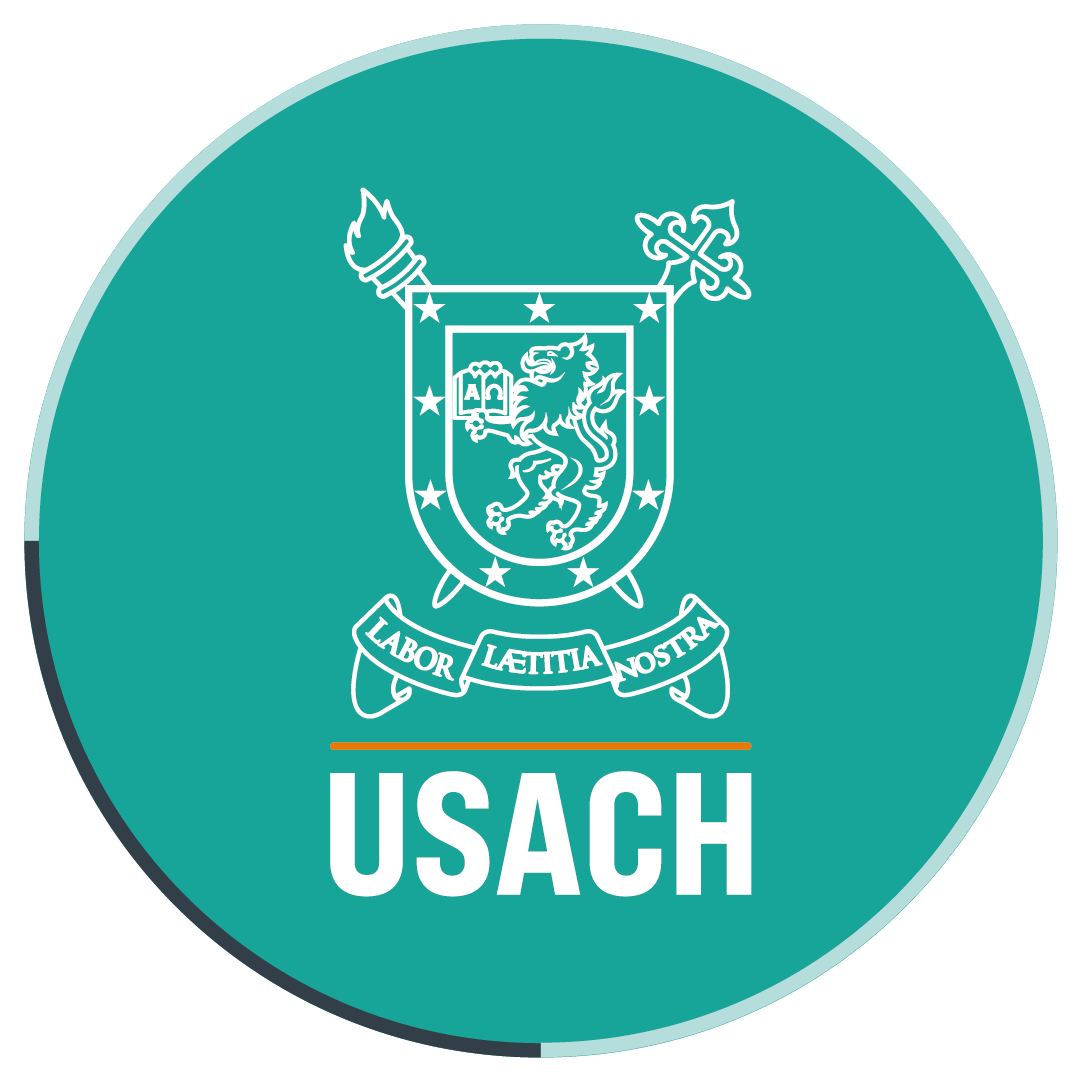- The project, led by Dr. Ricardo Salazar, professor at the Faculty of Chemistry and Biology of the University, aims at decontaminating the water from dyes waste and additives, by using electricity and solar energy.
The textile industry in Chile was born in the mid-nineteenth century and expanded thanks to the measures of protection of the internal market which were implemented at that time. Another factor was the arrival of Palestinian immigrants that gave prosperity to the development of the industry.
However, as all industrial activity, this industry was also a contaminant, due to the use of water in its tasks.
This situation becomes a serious problem when you consider that our country has supply and drought problems. In this context, Dr. Ricardo Salazar, an academic at the Faculty of Chemistry and Biology at the U. Santiago, is leading the Fondecyt project: "Degradation of dyes in wastewater from the textile industry by electrochemical oxidation technologies.” With this project, he aims to provide a solution for wastewater reuse in this process.
The study comes from a previous work by this expert that consisted in analyzing water decontamination of pesticides used in the wine industry. "The first two projects involved water treatment in the laboratory and comprised a chemical study. Now, however, I proposed the construction of a pilot plant to treat more wastewater from the textile industry”, Salazar said.
The project aims to be a contribution to environmental conflict resolution. This is the vital motivation for this academic, who seeks to decontaminate waters that contain dyes wastes and additives. To achieve this, he will work with electricity and solar energy and without using chemicals.
In addition, Dr. Salazar adds that "laws are becoming more stringent for industries in terms of technology demand and waste disposal rates. Therefore, the industries will have to be prepared. The idea is to step forward and provide an approach to this conflict and be useful in the future. "
Purification Process
The purification process is performed by the hydroxyl radical, which derives from water oxidation. This element reacts with the organic components present in the water, degrades pollutants and transforms the contaminant organic compounds into carbon dioxide.
Some of the steps included in this four-year project are: to finish the work in the laboratory, which aims to observe what happens in the whole process; identify each of the compounds that are produced and, finally, build a pilot plant. In this last stage, the scholar has the direct support of Dr. Julio Romero, project co-investigator who is also a researcher at the Faculty of Engineering of the University.
For Dr. Salazar, the importance of the research that he develops lies, mainly, on the human capital formation and in the "responsibility of changing the image of research in the country. Our work could contribute to the enterprise, the industry and, obviously, the University, as we could get the latest technological equipment to develop the project and internationalize the name of the institution. "
By Marcela González



